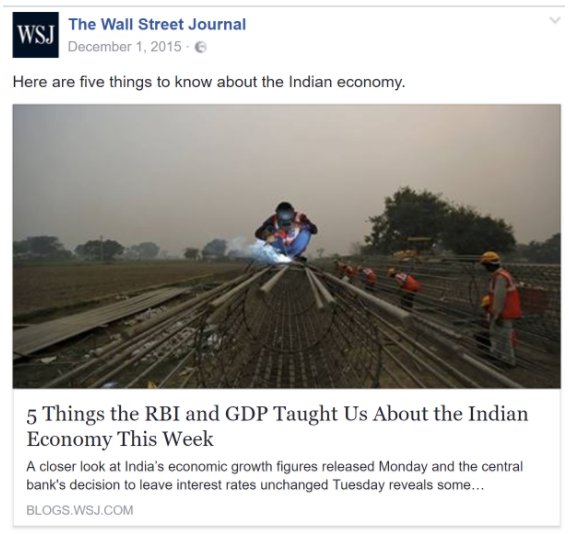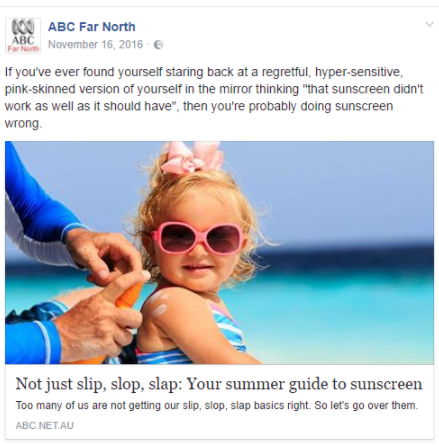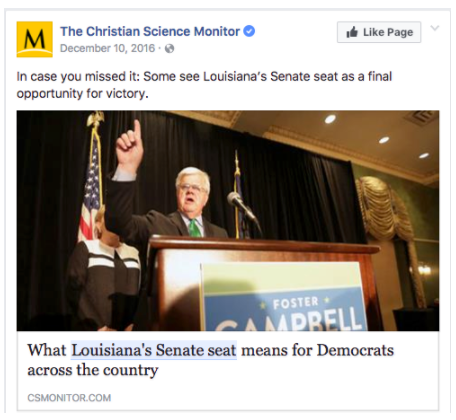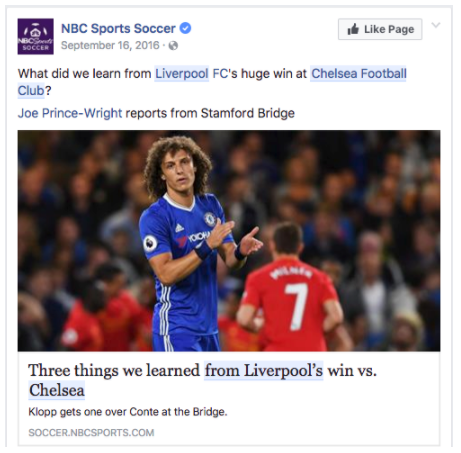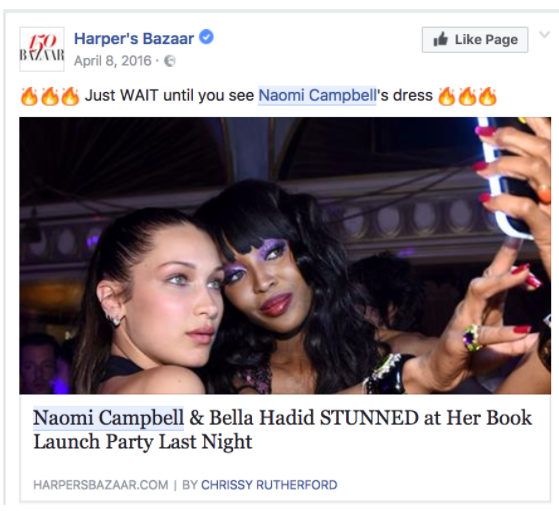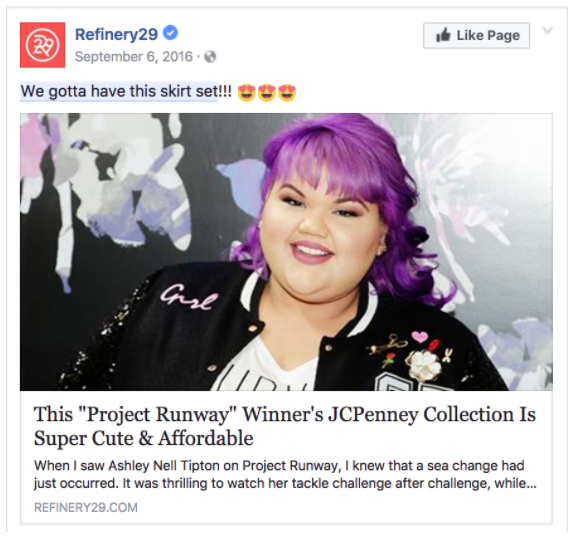Facebook recently announced yet another change to its organic newsfeed algorithm: It will now punish publishers using clickbait posts (as defined by Facebook) on an individual post level, and not just on a page / publisher level as it was previously doing.
We turned to Keywee’s Facebook data to check which phrases are most common in Facebook posts, and which ones actually drive real engagement by readers, with two hypothesis in mind:
- Do clickbait posts really deliver – do they drive higher CTR (clickthrough rate)?
- What other, non-clickbait post formats publishers can use to drive high engagement with their posts?
Our analysis is based on over 1.5 million Facebook posts from over 500 publishers, and highlights frequent phrases that appear in publishers’ Facebook posts, and their incremental lift in CTR compared the each publisher’s average CTR.
Looking for predictability? Paid distribution might be the answer
Our findings are below. Beyond what the numbers show, one thing is certain: Facebook’s organic newsfeed algorithm will keep changing, and understanding the implications of each change will not get any easier. For publishers looking for sustainable, predictable ways to distribute their content on Facebook, paid distribution is undeniably a more stable way to distribute content at scale. Based on Keywee’s performance analysis distributing content through Facebook paid posts for 500+ publishers, the organic algorithm changes haven’t had a statistically significant impact on paid distribution.
And now, let’s turn to the data…
1) They ain’t called “clickbait” for nothin’
Our data finds that yes, some clickbait post phrases usually do lead to high CTR lifts (compared to each publisher’s average CTR).
Note that the definition of “clickbait” is subjective and not well-defined. Facebook talks about headlines that “withhold information” or “exaggerate” and “create misleading expectations,” but these are not clear-cut definitions either.
Some examples:
- “Here are X” (where X is a number) / “Here are the” drive +25% incremental CTR lift for finance and politics publications / articles
- “Here’s Why” drives +7% lift in CTR for finance publications.
- However, for health & science publications or articles, some clickbait-y phrases actually decrease CTR:
- “Have you ever” leads to -19% decrease in CTR compared to a publisher’s CTR average
- “It turns out” leads to -19% lower CTR as well
- For food & dining articles, “Here’s how” decreased average CTR by 9%, and “You need to know today” by as much as 35%.
2) Here are some other phrases that drive high CTR lift
So, are there phrases that increase CTR without resorting to clickbait? Computer says yes:
Phrase: “In case you missed it”
What the data says:
+17% lift in CTR for health & science publications
+25 lift in CTR for news publications
-10% lift in CTR for sports publications
It makes sense because: Major scientific breakthroughs happen year-round and utilizing this phrase helps turn these findings into evergreen content. “In case you missed it” could be from last week or last year, but either way, it promises new value and insights for a reader.
With news publications, it’s easy for a reader to feel like they may have missed something important. The phrase “in case you missed it” urges them to stay up-to-date on current events or read an update on an ongoing story.
For sports, events are generally aired live and followed closely. Unlike in news or health, where people feel they may have missed something important, when sports fans miss a game, they know it and often seek out the information themselves. “In case you missed it” posts don’t add any real value for them.
Phrase: “What did we learn?” “Do you agree with this?”
What the data says:
>50% lift in CTR for sports publications
It makes sense because: These phrases indicate valuable takeaways from the game rather than an easy-to-google score.
Phrase: ??? (3 Fire emojis)
What the data says:
+37% lift in CTR for fashion content
It makes sense because: Emojis are fun and have personality, much like fashion-lovers themselves. Emojis can also easily break through the large blocks of text in a reader’s newsfeed. They say a picture is worth a thousand words, but luckily, emojis deliver that impact while taking up the space of just one character. Emojis also give posts emotion, making them feel more like a part of our social network than a paid ad.
Phrase: ? or ??? (heart eyes emoji)
What the data says:
+10% lift in CTR for fashion publications
It makes sense because: In fashion, where trends are so important, these emojis are a great way for publishers to express their excitement about a particular look or a fashion line, while better relating to their audience. The pop of color also helps attract the eye to these posts.
Phrase: “Built in ”
What the data says:
>7% lift in CTR for home & real estate articles
It makes sense because: Real-estate aficionados are always curious to check out standout properties. The year adds a historical dimension and another layer of uniqueness.
In case you missed it…
Optimizing Facebook posts for engagement and clicks does not necessarily mean going for clickbait headline structures. It’s important to test and iterate on different versions of copy and creative to find the templates that work for your audience and industry — while complying with Facebook’s guidelines. And, it might make sense to explore scaling up paid content distribution on Facebook as a way to circumvent a constantly-changing newsfeed algorithm.
